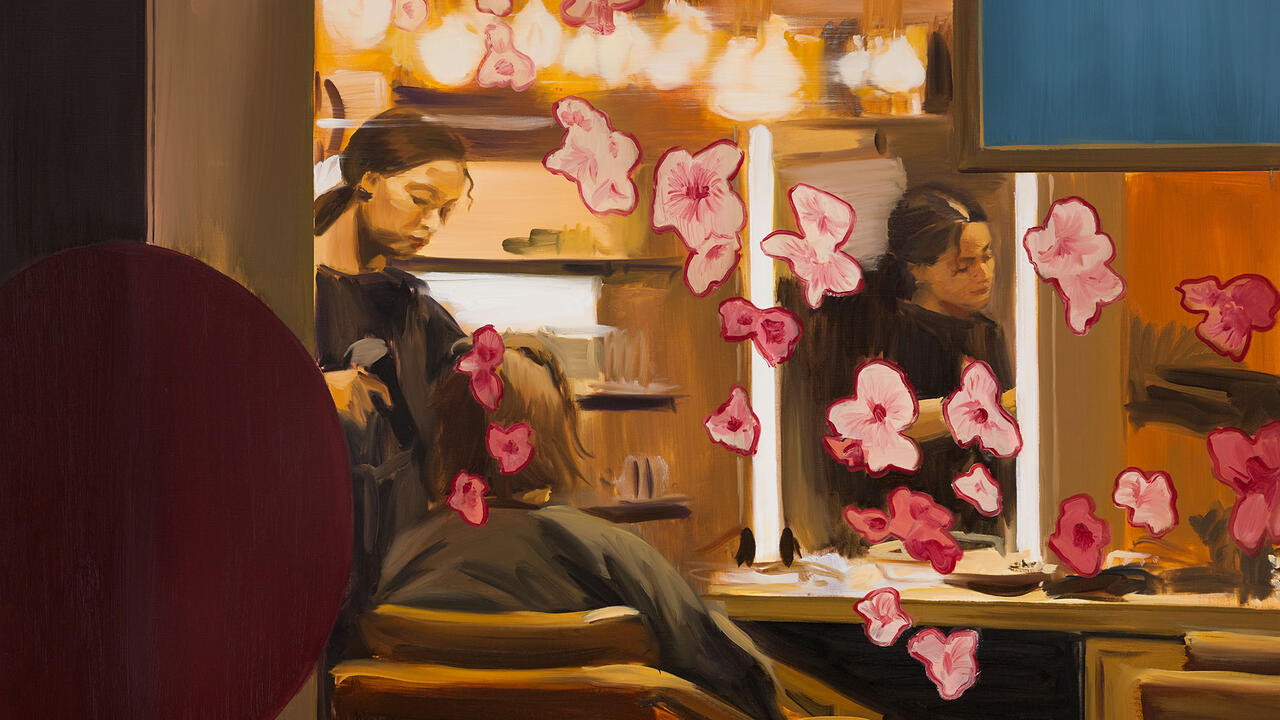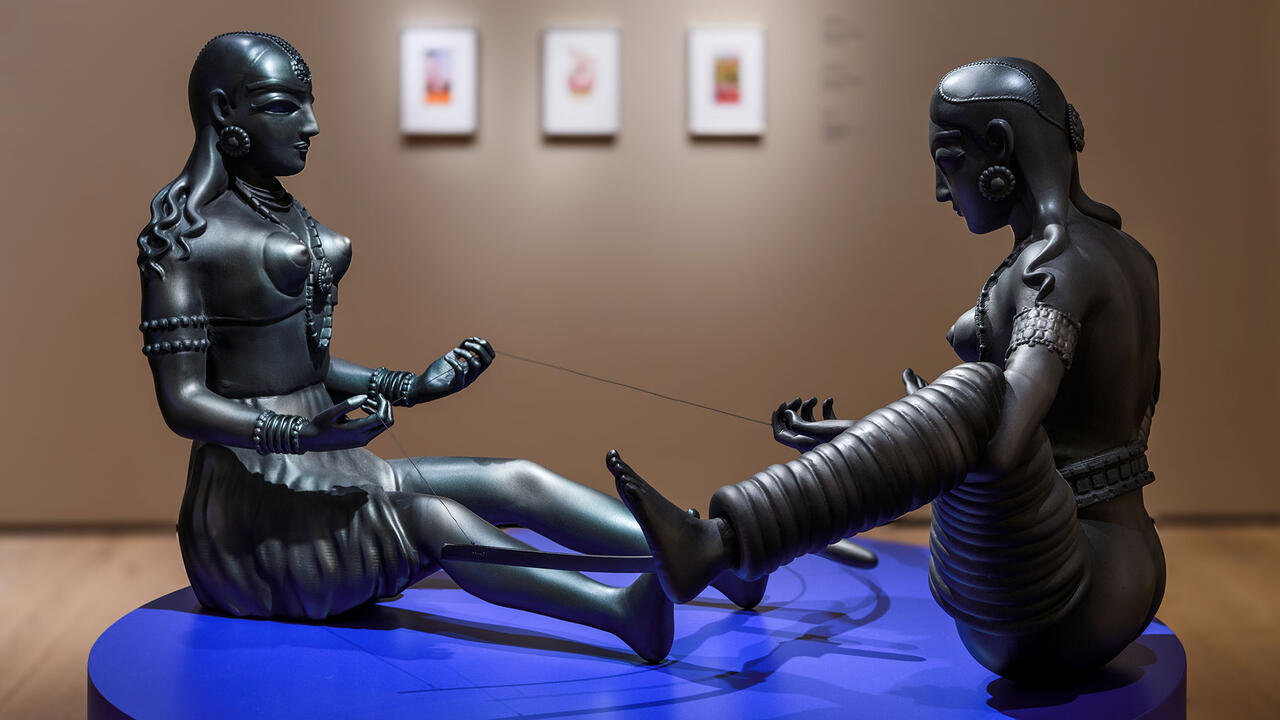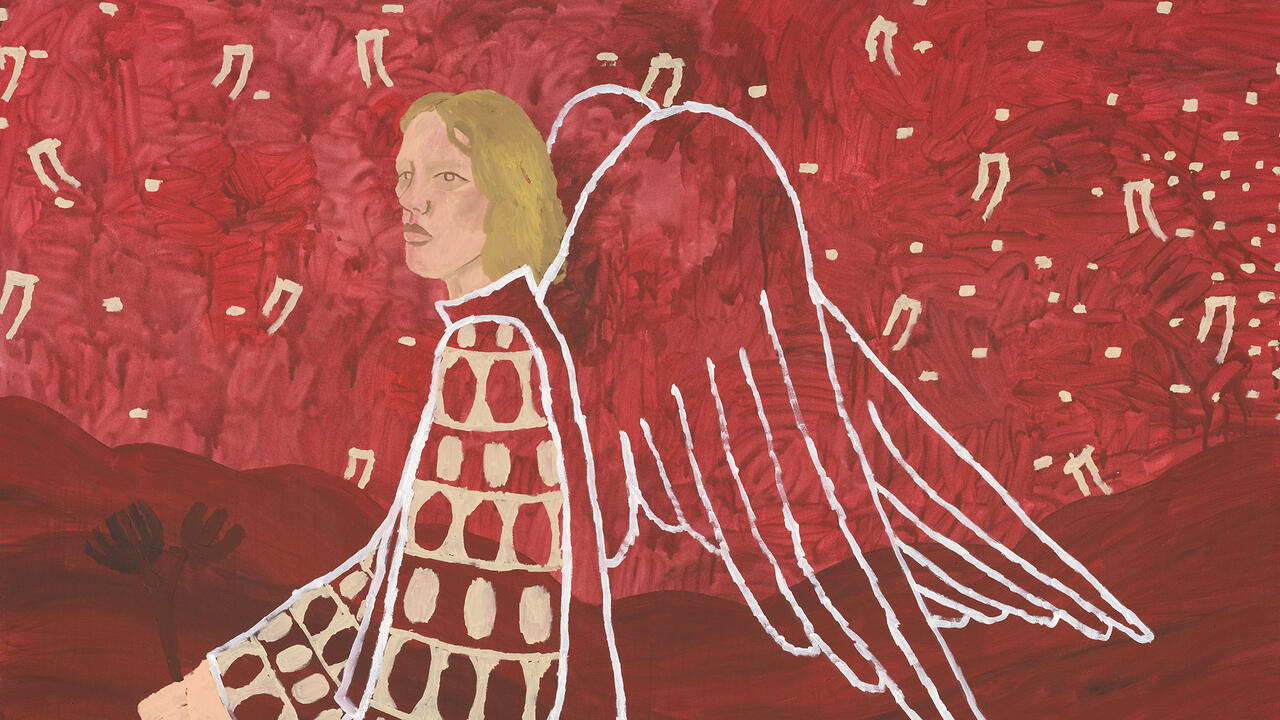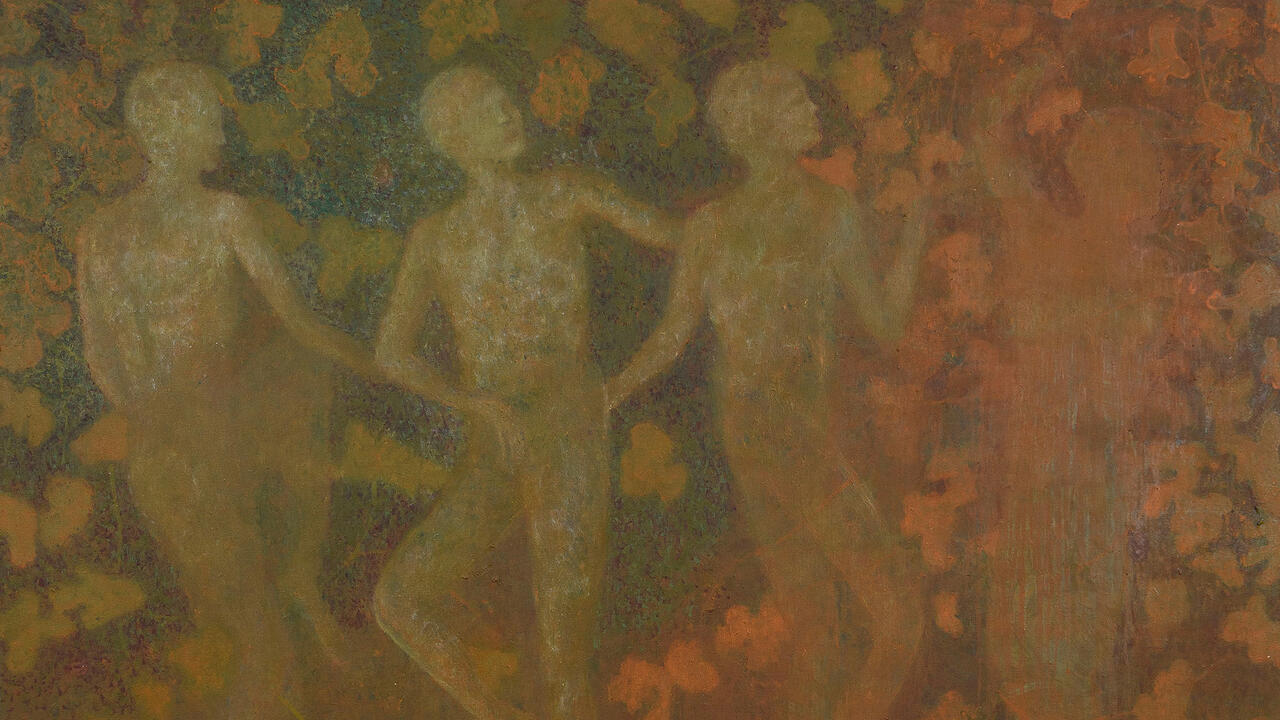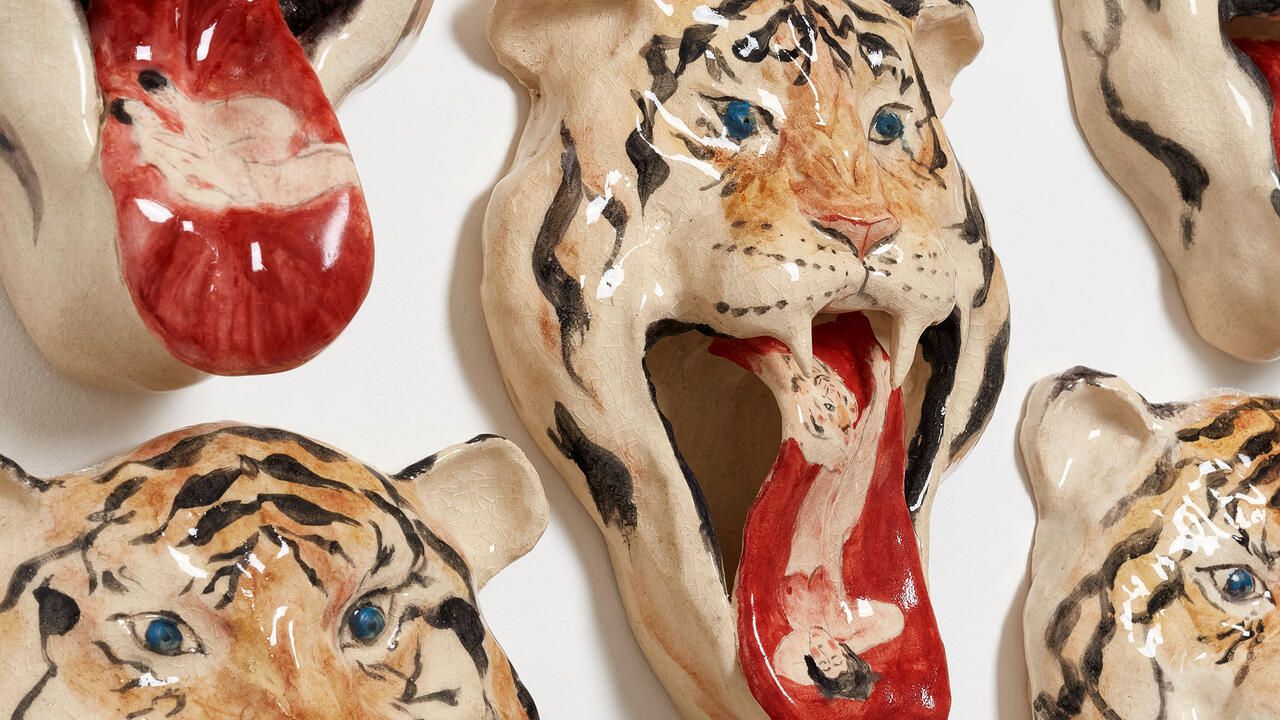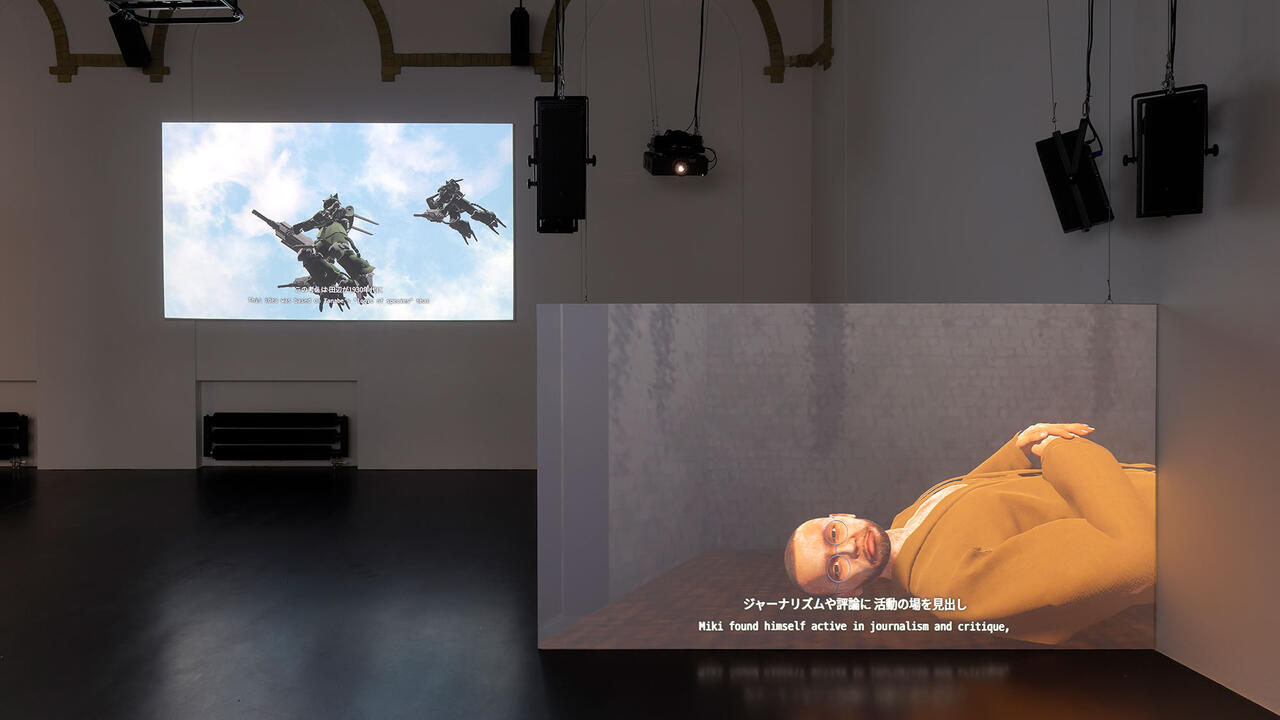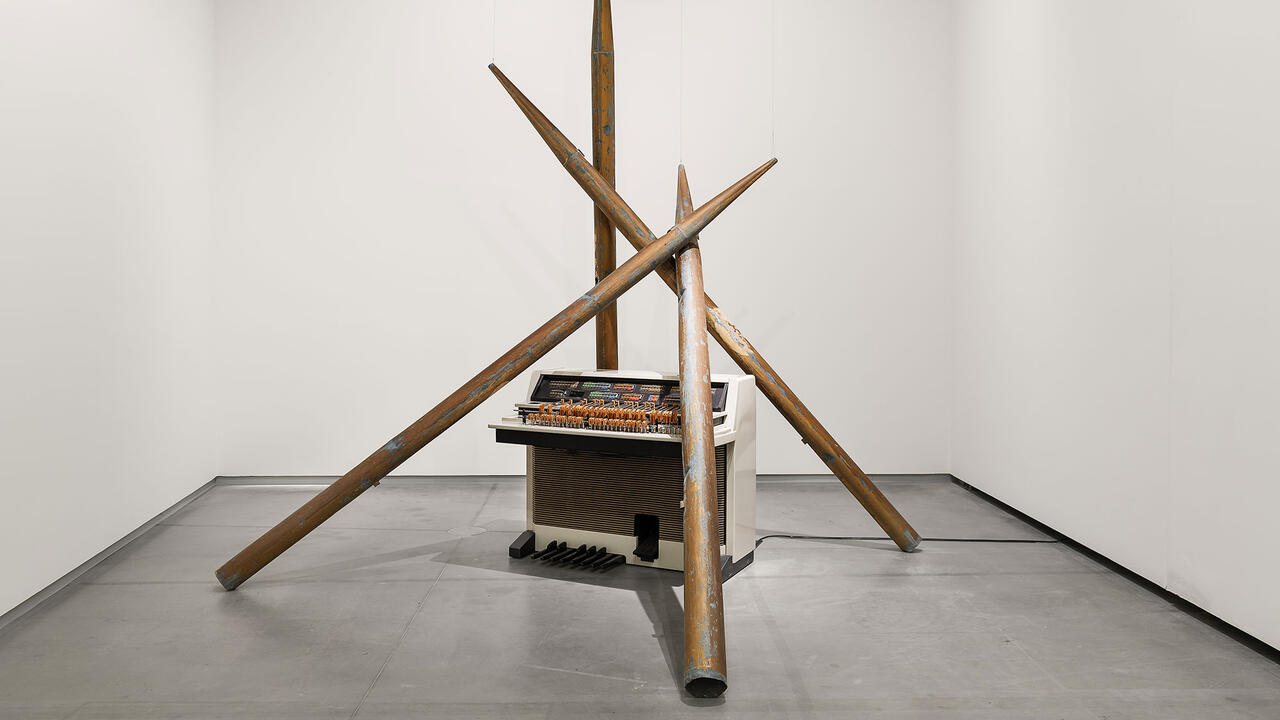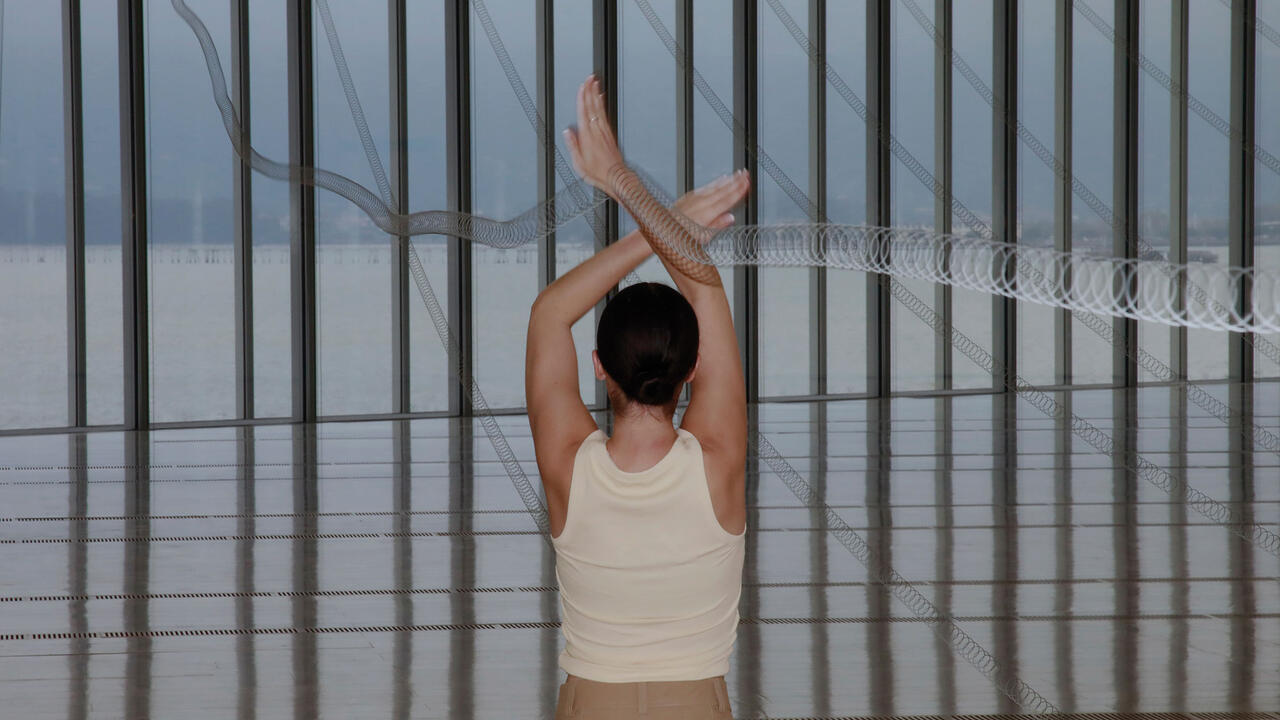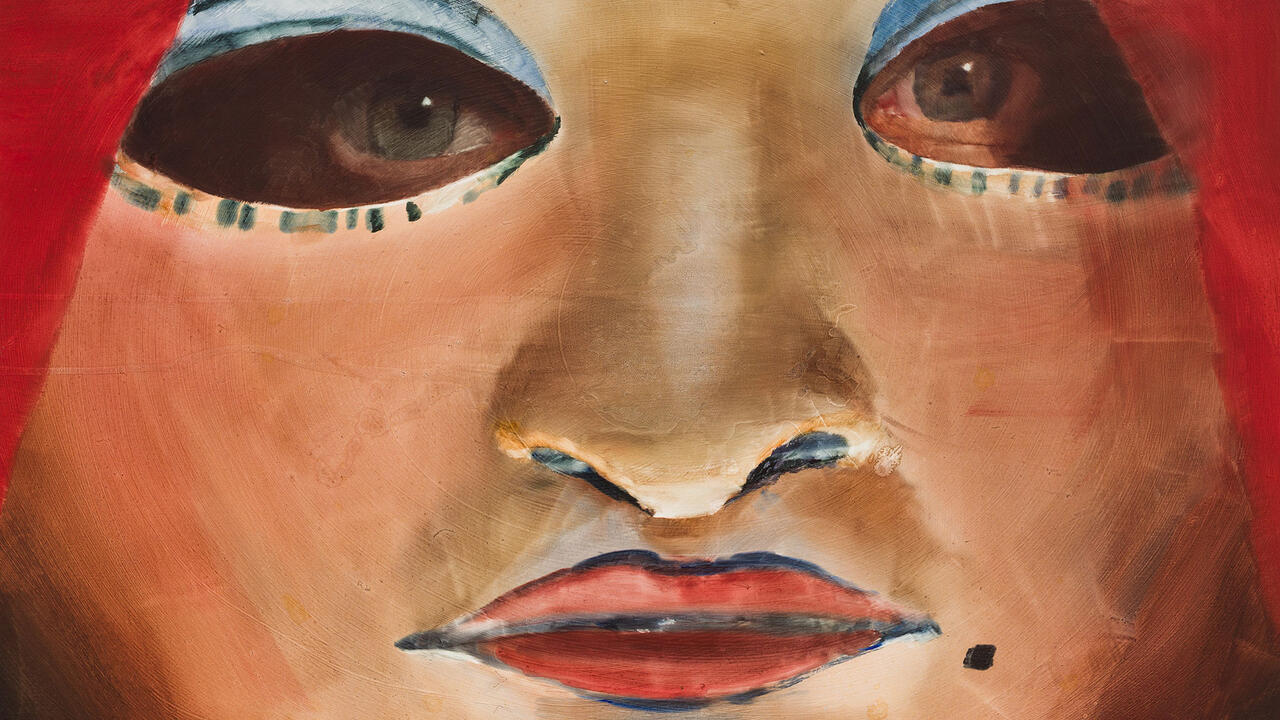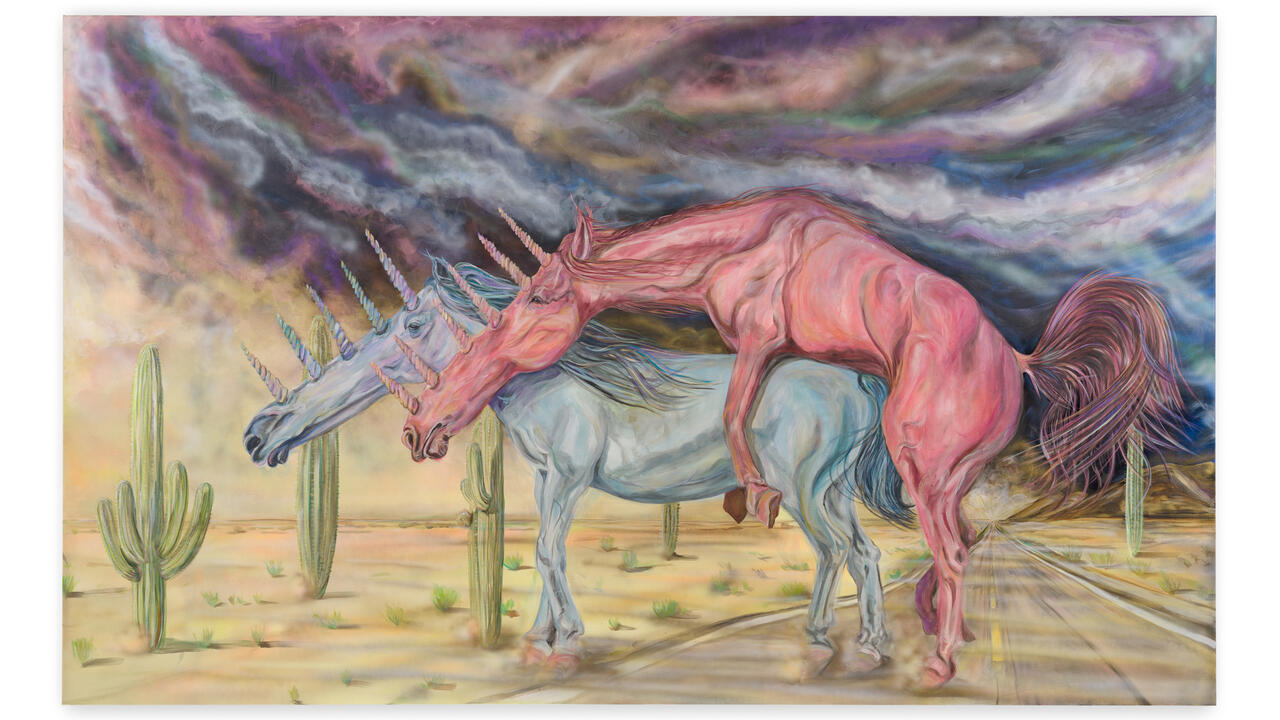Vivian Greven and Benjamin Houlihan Embrace Fragmentation
Inspired by a theory of the mind, ‘EGOSTATE’ brings together two artists who mirror each other in their dislocation
Inspired by a theory of the mind, ‘EGOSTATE’ brings together two artists who mirror each other in their dislocation

Published posthumously in Ego Psychology and Psychoses (1952), Jewish-Austrian psychologist Paul Federn’s collated writings on the ego expanded Sigmund Freud’s theory of how the self develops over time. Federn’s belief that the human personality consists of many ‘egostates’, rather than a single homogenous unit, is the inspiration for the aptly titled, two-person show ‘EGOSTATE’ at Leipzig’s G2 Kunsthalle. Curated by Leo Wedepohl, the exhibition brings together works by German artists Benjamin Houlihan and Vivian Greven – partners in life and, on occasion, art – featuring recognizable motifs that are split into multiple frames, folded and unfolded, or cut up and reshaped into eerie new forms, evoking a sense of uncanny disruption and repetition.

The exhibition begins with a traditional love story that’s been broken up. DIA III (2024), Greven’s brightly coloured painting of two neoclassical figures on the verge of a kiss, is a zoomed-in replica of Antonio Canova’s iconic Psyche Revived by Cupid’s Kiss (1787). The palpable intimacy between Cupid and his lover, Psyche, radiates from the two smooth, marble figures, who, in Greven’s version, appear to glow from within, their idealized features accentuated with subtle purple tones. Their three-dimensional bodies stand out against a flat, screensaver-like, starry background. Cupid floats above Psyche, the wings on his back open, as he gently holds her gaze and caresses her breast. Her arms reach up towards him, a mortal awoken by her lover, the god of desire, but their embrace is cut short by a single slice through the middle of the composition – a glitch in the story.

Throughout the exhibition, Greven’s paintings become increasingly fractured. PSY AMO (1–2) (2023), for instance, features the same characters again nearing a kiss. Superimposed on an orange-to-green gradient background, their faces are further obscured to the point of resembling two masks. Here, the image is replicated, magnified and manipulated until its origin becomes nearly unidentifiable. Greven’s talent for merging classical antiquity with digital aesthetics – gradient backgrounds, skewed compositions, complex mirroring – lends a feeling of timelessness to her paintings. Plucked from their original context, these scenes are re-rendered as though viewed through a contemporary lens and social-media filters to make clear the real subject of interest: slicing open traditional notions of beauty to reveal a fractured self beneath the surface.

For Houlihan, psychological fracture is not so much hinted at as made explicit. His sculptures of limbs, such as Untitled (2023), are cut into sections and reassembled unevenly, rendered useless by his intervention. Set on pedestals, they have the look of classical sculptural fragments. In the second gallery, three white chairs have been dismembered and twisted, stripping them of their purpose – comfort, support – and imbuing each with a sense of awkwardness (‘VICTOR STUHL’, Victor Stool, 2019–Ongoing). Houlihan’s untitled drawings, too, barely cohere. He has folded each piece of paper twice, drawn different patterns on each surface, then unfolded it to reveal a slightly mismatched overall composition, disrupted by his process (all 2019). Each piece is an individual self-split into Federnian ‘egostates’, an illustration of the psychoanalyst’s theories that could comfortably grace a reprint of his research.

The juxtaposition of the two artists’ practices certainly helps to illuminate Federn’s ideas in the gallery space and there is something undeniably satisfying about the way that Houlihan’s and Greven’s works mirror each other in their dislocation. Of the two, however, it was Greven’s less literal use of fragmentation as a tool to explore larger questions – around classical beauty and performed femininity, internet aesthetics and photonegatives, the nature of memory and the search for intimacy – that remained with me long after I left the gallery.
Benjamin Houlihan and Vivian Greven’s ‘EGOSTATE’ is on view at G2 Kunsthalle, Leipzig, until 19 May
Main image: Vivian Greven, La Di (detail), 2023, oil on canvas, 1.8 × 4.3 m









